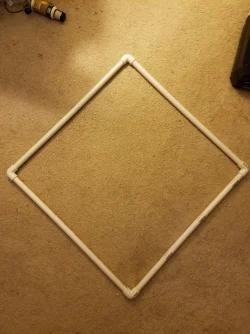drop bear
Sr. Grandmaster
My guess is that he bent over prematurely so as to not take one in the jewels for the sake of a demo. I've been on the recieving end of over eager performers looking to "make it real" for the crowd on their complacent dummies. Not saying definatively that this is the case, but would be my first guess.
That partner was Mr flinchy. I mean he had a helmet on and was running away from punches.

